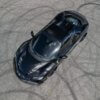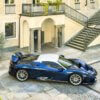The deeper you dive into the history of Citroen, the more you begin to believe in the existence of aliens. All these engineering and design delights are not just creativity or a desire to do things differently than others. Only fundamentally different forms of life are capable of this – when no one is watching, they stop pretending, throw off their human shell and relax their tentacles, emitting a blissful “crryuhhh”. Don’t believe me? Then here’s proof for you – the Citroen Activa concept from 1988!
By the end of the eighties, more than 30 years after the debut of the DS, hydropneumatics were still exotic to the automotive world. Only Mercedes-Benz was able to more or less fully tame it – and then we were talking about an expensive option for the S-Class in the W116 and W126 bodies, while Citroen installed this magical suspension even on the affordable GS and BX. But why stop there if you can not stop? Especially on the threshold of the digital era.
citroenorigins.fr
The idea of an adaptive system that would adapt to road conditions on the fly was in the air: why not stuff the car with sensors that collect information about how and where it is going – and then the computer would decide what to do with it? Moreover, Citroen already had this function in its simplest, analogue form – from the very beginning, the DS was able to maintain a constant ground clearance by adjusting the pressure in the hydraulic system.
But the sleek Activa sedan with its “suicidal” rear doors was much more clever. Firstly, it automatically changed the ground clearance depending on the situation. It’s quite simple: we cling to the speedometer, as the speed increases, we reduce the power of the hydraulic pump so that the car is pressed against the asphalt – and when stopping and opening the door, on the contrary, we increase the pressure to raise the body and make it easier to get out.
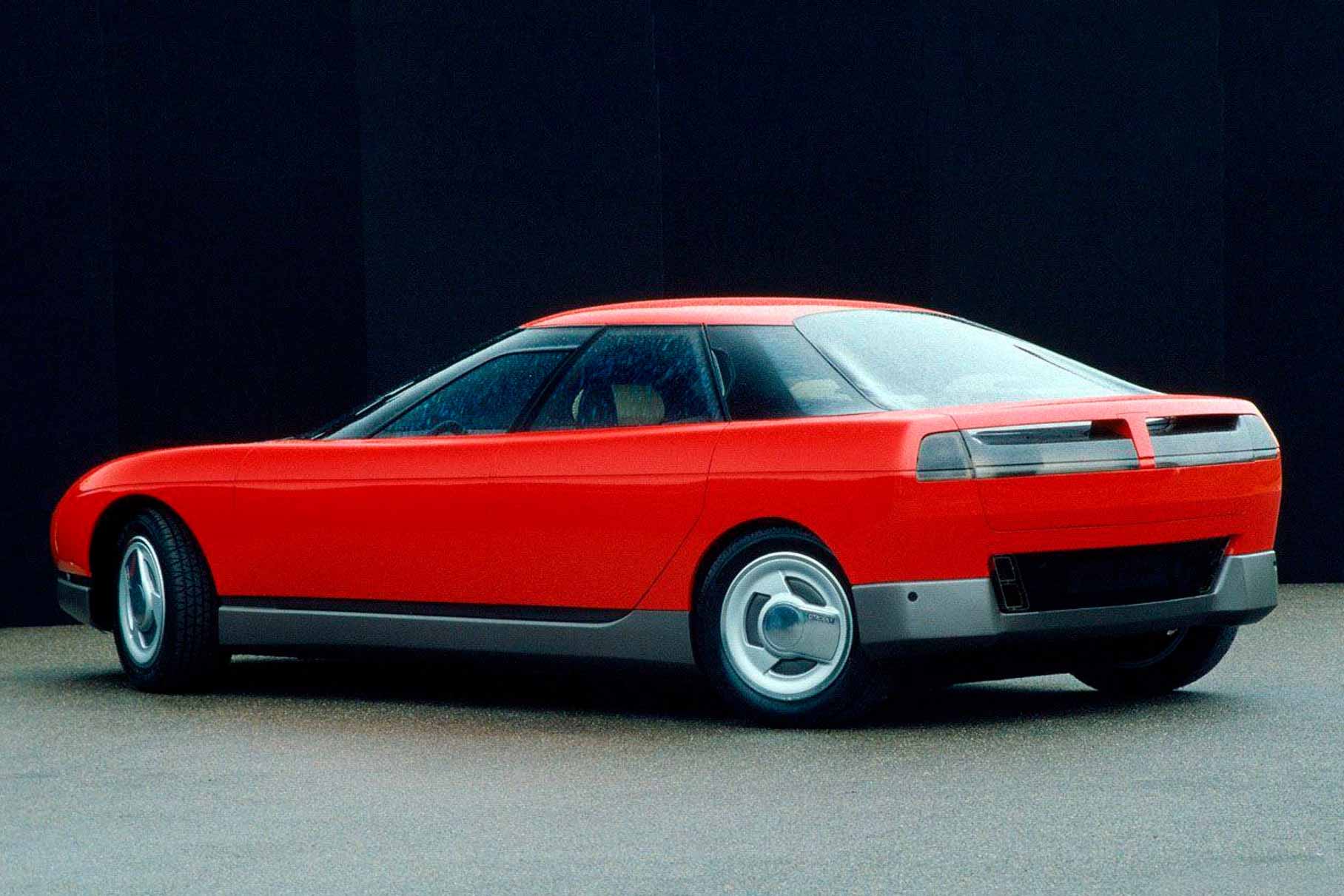 citroenorigins.fr
citroenorigins.fr
It would also be nice to change the stiffness of the suspension – so that some kind of composure in corners is added to the amazing Citroen comfort. The solution here also turned out to be not too complicated, but elegant: if ordinary road Citroens had one shock-absorbing nitrogen-hydraulic sphere for each wheel, then in the Active two more appeared – for the entire front and rear axles.
We connect them – the car drives smoother, disconnect them – it becomes tighter. Moreover, the driver could either select the sport mode manually, or trust the automation – and then the switching occurred depending on the steering angle, speed and level of vertical vibrations of the body.
citroenorigins.fr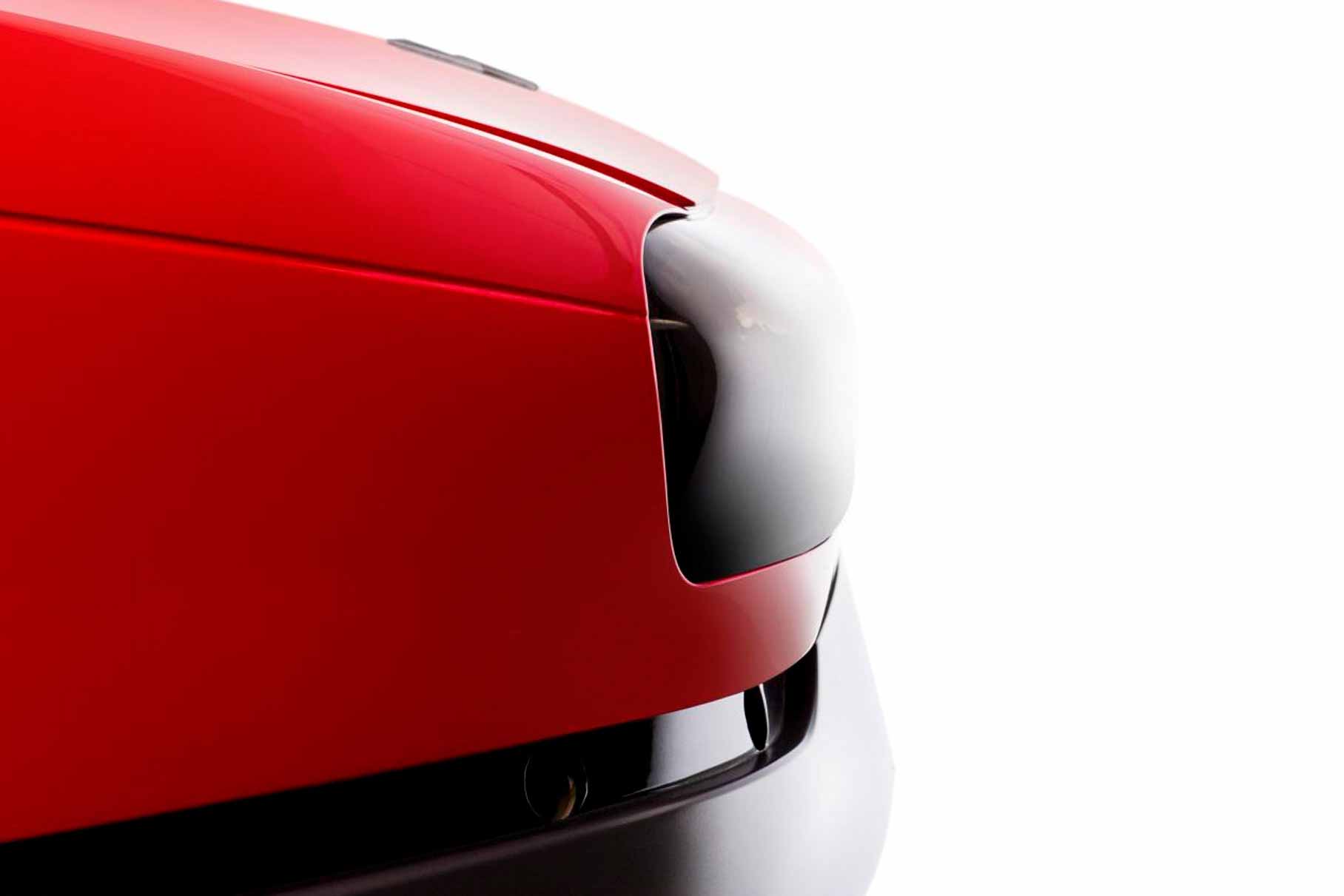 citroenorigins.fr
citroenorigins.fr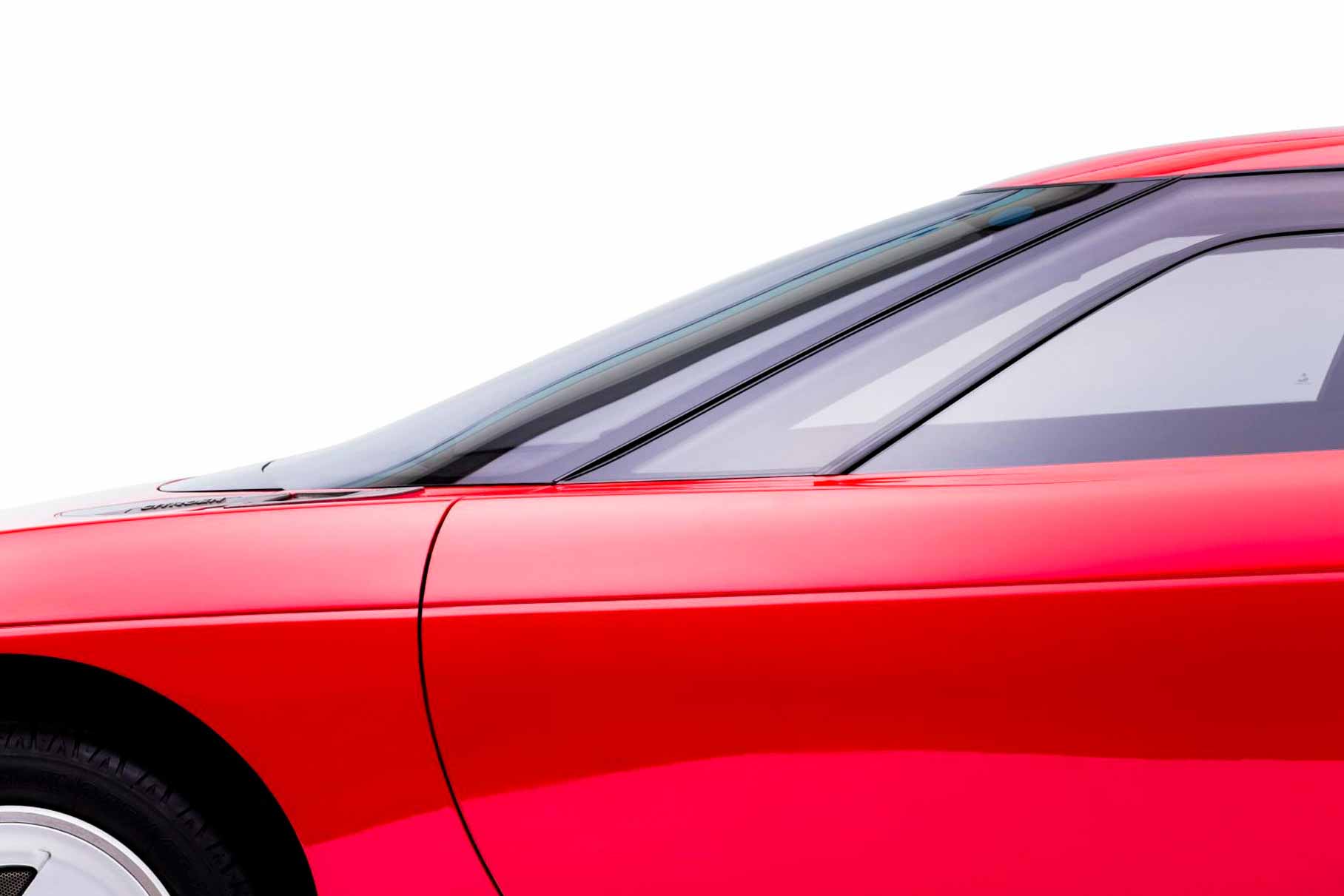 citroenorigins.fr
citroenorigins.fr citroenorigins.fr
citroenorigins.fr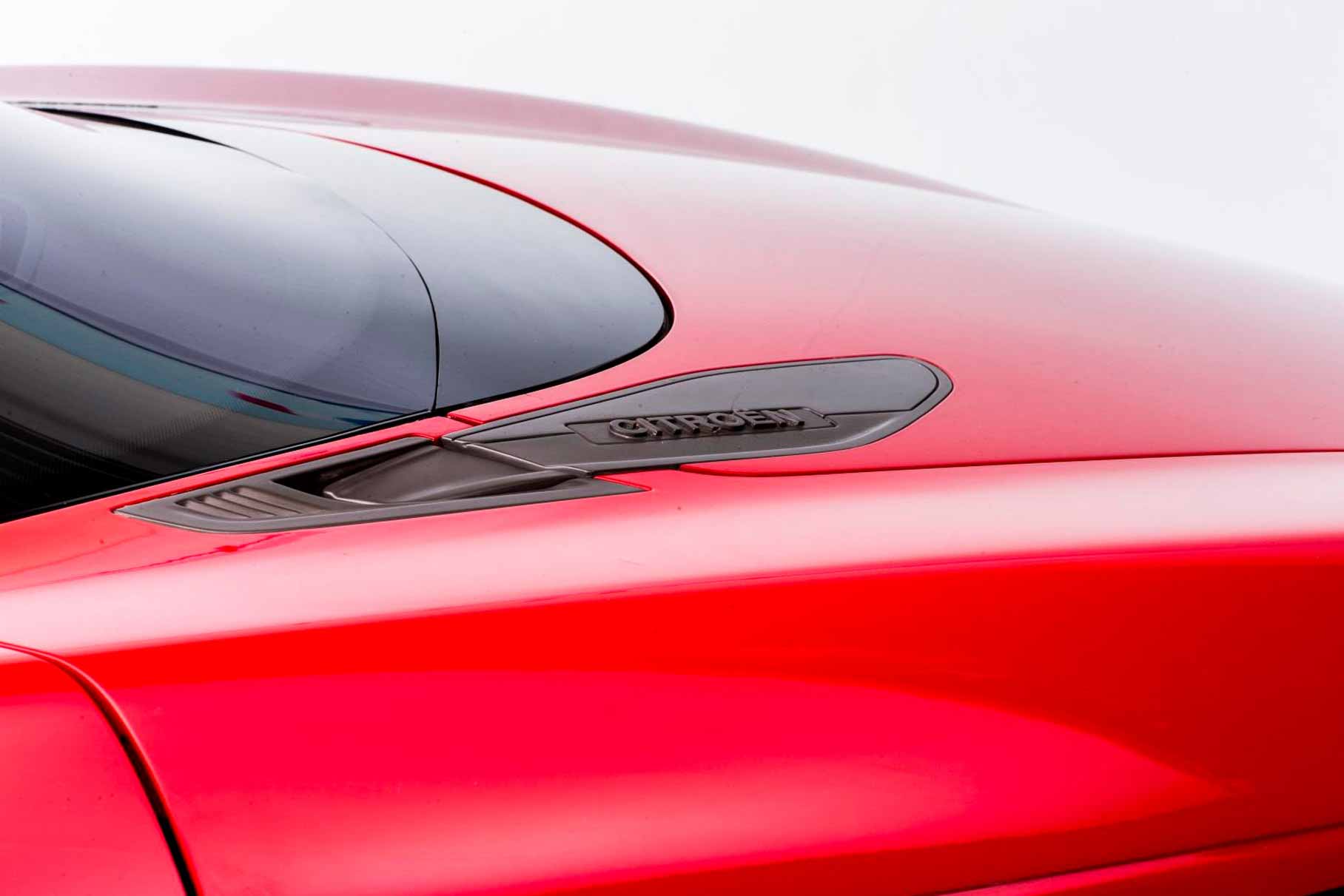 citroenorigins.fr
citroenorigins.fr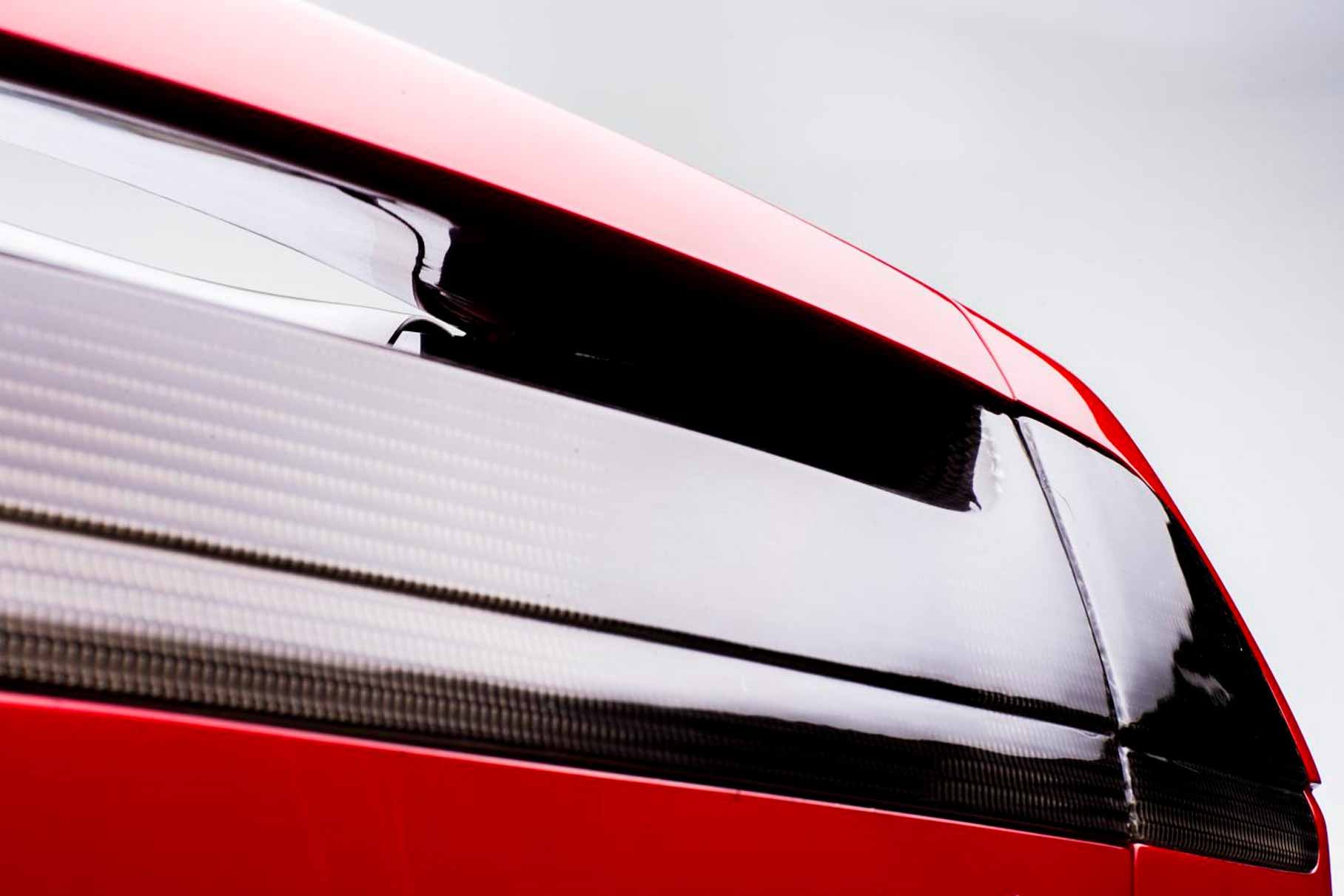 citroenorigins.fr
citroenorigins.fr
The next step is to combat roll, which in hydropneumatic Citroens reached very immodest values. Here those same spheres again came to the rescue: engineers connected special hydraulic cylinders to them, connected to anti-roll bars. While the car is driving straight, the nitrogen in the sphere is compressed, allowing the stabilizer to move freely relative to the suspension without reducing its travel. But as soon as a special sensor detects a body tilt of more than 0.5 degrees, the sphere instantly turns off, the structure becomes rigid, and the roll disappears. At all!
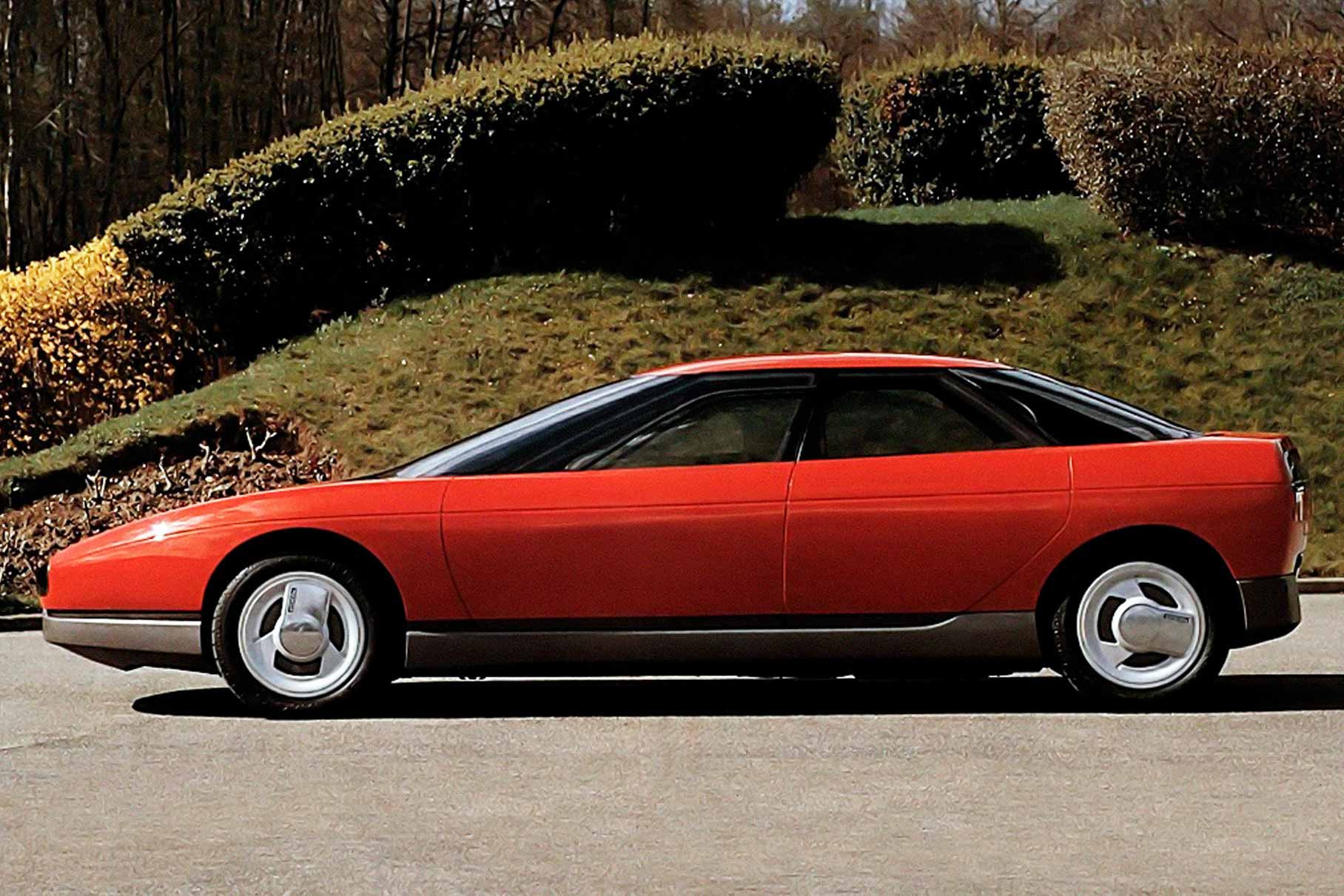 citroenorigins.fr
citroenorigins.fr
From the outside it looked like real magic – no road car in the world could do this. But Citroen engineers decided that it was too early to stop here. Japanese companies boast of sophisticated fully controlled chassis? So, we’ll do our own thing – only without stupid compromises, when the angle of rotation of the rear wheels is only a couple of degrees. Let them steer as actively as the front ones! All you need to do is attach a hydraulic drive and an electric motor to each of them, which, at the command of the computer, will create the required pressure.
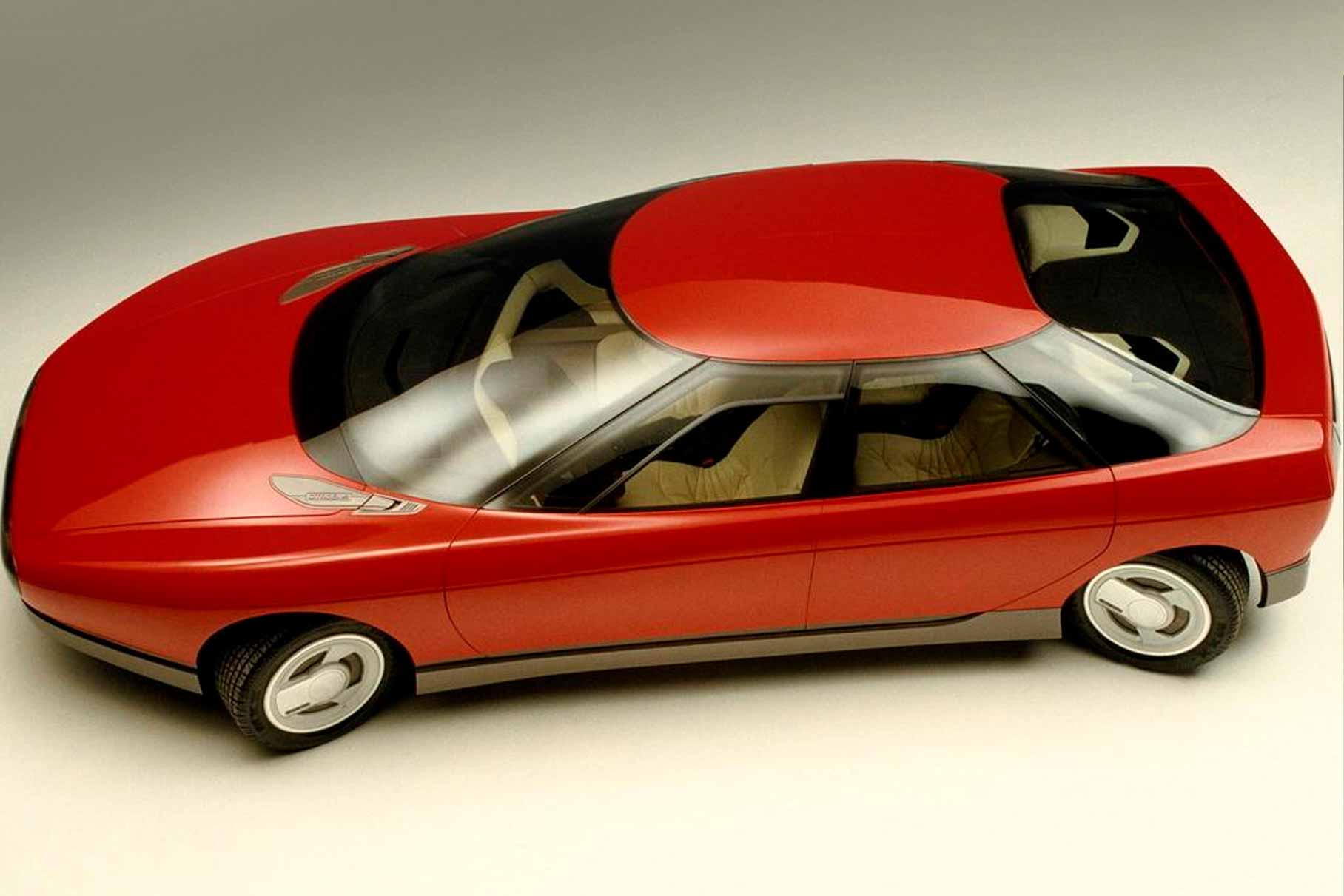 citroenorigins.fr
citroenorigins.fr
And since the computer is already figuring out where and how to turn the rear wheels… That’s right, nothing prevents it from steering the front wheels in the same way! Down with the rack and steering shaft, let’s make a full-fledged remote control system, like in airplanes. And, since we have a joystick controller instead of a steering wheel, we will make it rectangular, and limit the maximum rotation angle to 60 degrees, so that the driver does not remember about interceptions at all.
As a result, the rather large (4750 mm) sedan drove even into tight parking pockets with incredible ease, was able to turn around in a spot with a diameter of only 9 meters, and, if desired, it was possible to turn on the “crab mode” – like the modern GMC Hummer EV and some other electric cars .
 citroenorigins.fr
citroenorigins.fr
Yes, yes, one of Aktiva’s features reached mass production only after more than 30 years – and even now it remains exotic. No one still has a real “steering by wire”, except for the Infiniti Q50, and you won’t find active stabilizers on every car. Can you imagine what it all looked like in 1988?
citroenorigins.fr citroenorigins.fr
citroenorigins.fr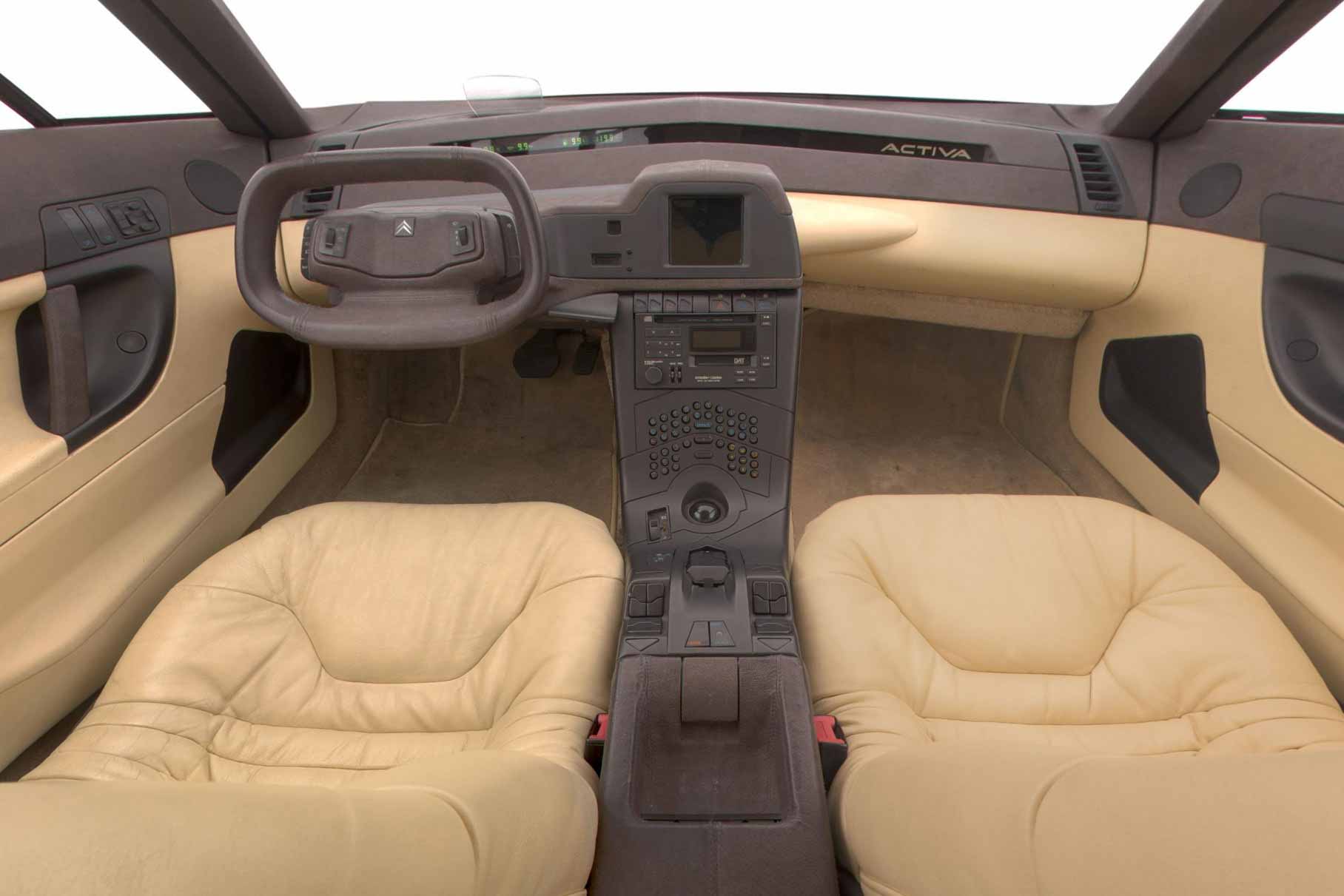
Otherwise, the concept was not so alien, but still found something to surprise. Here you have electric doors, a head-up display, an LCD central screen with navigation (on floppy disks!), an automatically adjustable rear spoiler, and unusual front optics with a pair of small lamps and a complex system of mirrors, like in some modern LED headlights.
And most importantly, the Activa was not a show car, but a fully functional model with a three-liter V6 engine producing 220 horsepower and all-wheel drive. She could do everything that the press release stated, and was conceived precisely as a four-wheeled test laboratory for serial technologies.
 citroenorigins.fr
citroenorigins.fr
So, just a year later, the flagship Citroen XM with Hydractive adjustable suspension went on sale, and in 1995 the Xantia Activa appeared, where a roll suppression system was implemented. To be fair, it’s not the first in the world: back in 1990, Toyota offered the Active Control Suspension option for the Celica, and then for the large Soarer coupe. But there it was implemented differently, through four hydraulic struts – Mercedes-Benz engineers will take a similar route when creating the Active Body Control system for the CL (C215) model.
Citroën XM, 1989
Citroën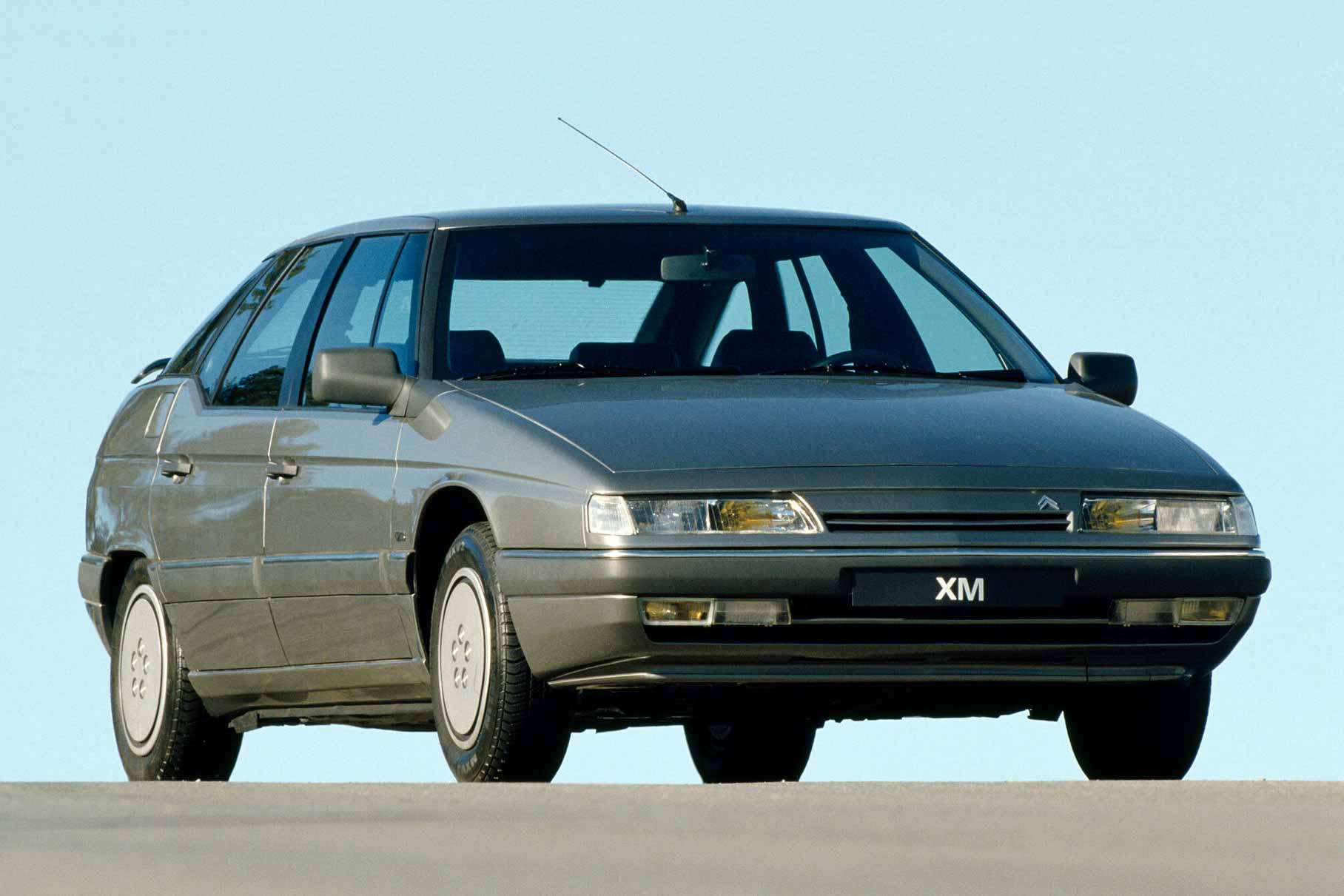 Citroën XM 3.0i V6
Citroën XM 3.0i V6
Citroën Citroën XM 3.0i V6
Citroën XM 3.0i V6
Citroën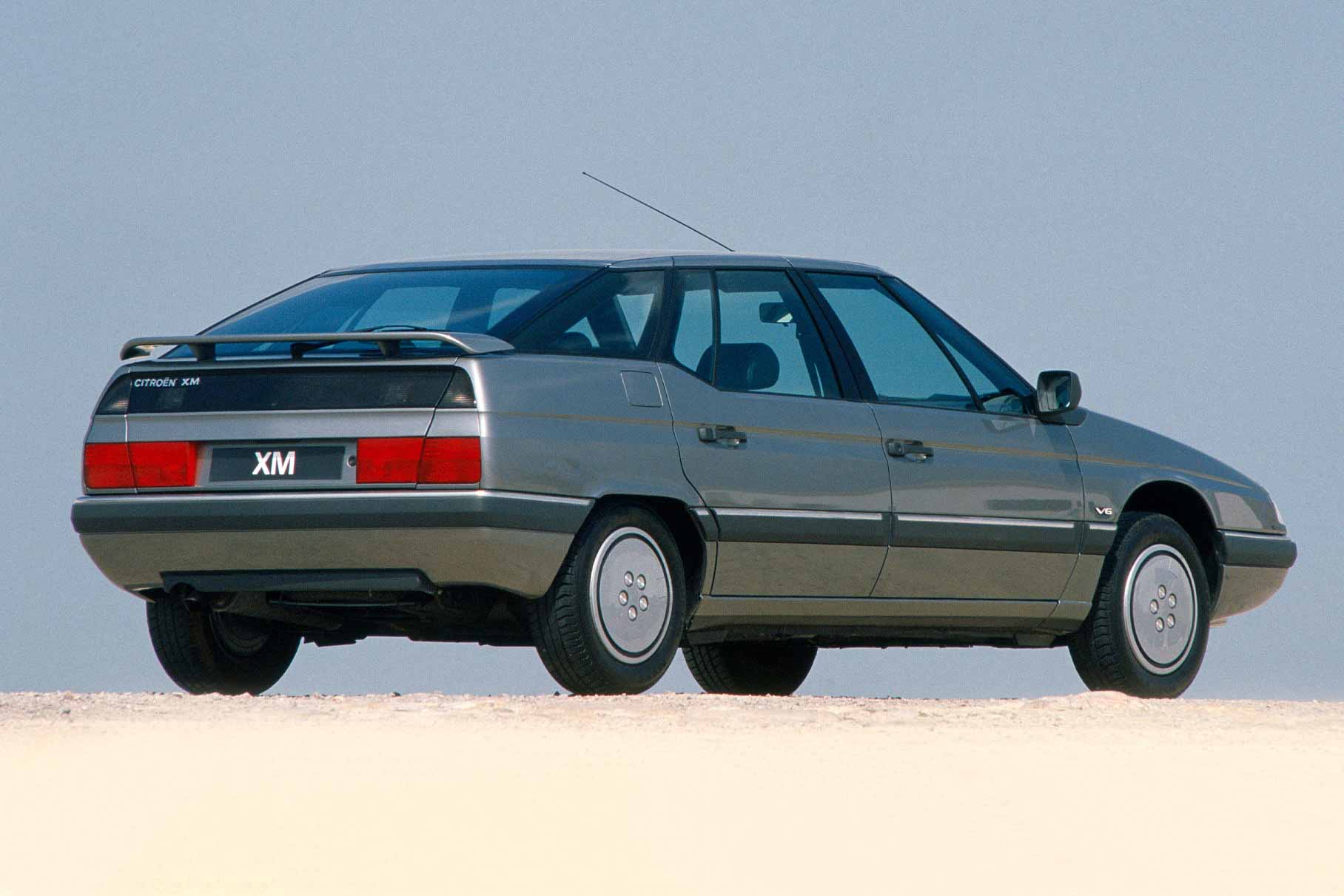 Citroën XM 3.0i V6
Citroën XM 3.0i V6
Citroën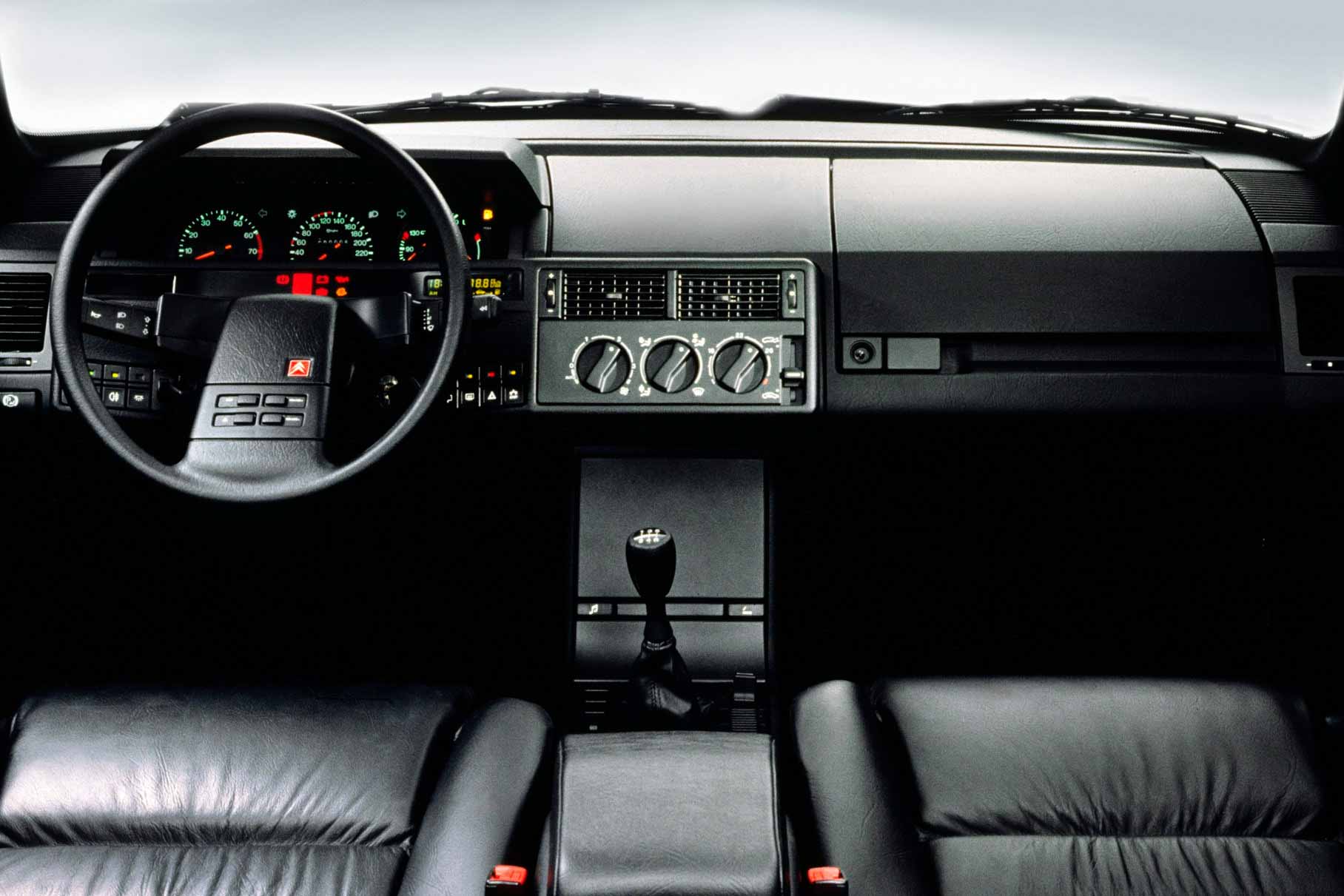 Citroën Xantia Activa
Citroën Xantia Activa
Citroën Citroën Xantia Activa
Citroën Xantia Activa
Citroën Citroën Xantia Activa
Citroën Xantia Activa
Citroën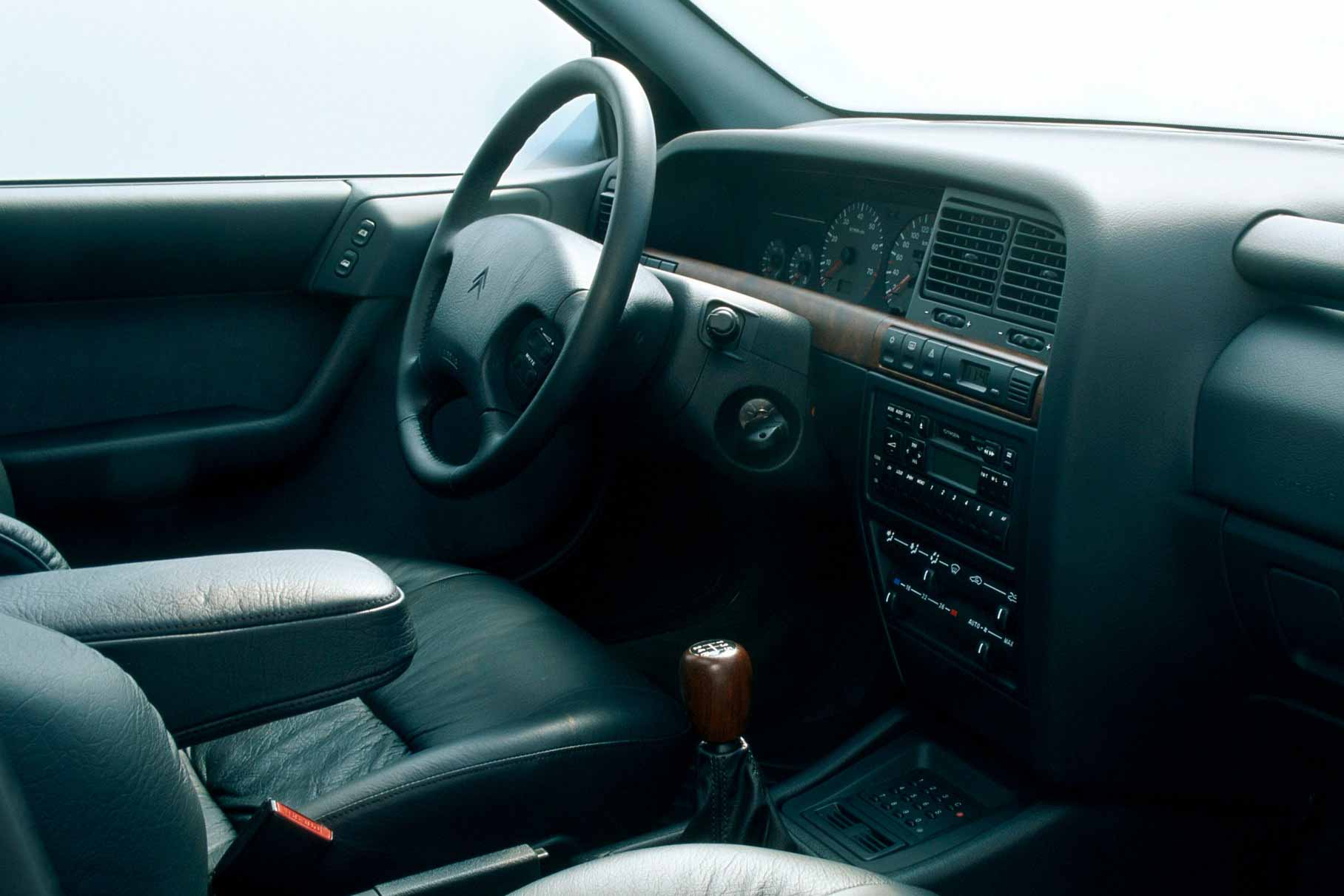
And again, we are talking about an elite Mercedes and extremely niche Toyotas: the anti-roll Celica was produced in just 300 cars, and the Soarer with this option was ordered by only 864 customers. For comparison, the Xantia Activa has more than 18 thousand units and still has an unbroken speed record in the “moose test” of the Swedish magazine Teknikens Värld – 85 km/h. Even modern supercars cannot overtake an unremarkable-looking hatch!
But don’t you think that the French have disposed of the potential of the conceptual Actives somehow… Cluelessly? If yes, then you don’t think so. The fact is that the car really should have gone into production – albeit in a somewhat simplified form. In 1990, the elegant Activa 2 coupe sparkled at the Paris Motor Show – formally in prototype status, but already on the XM platform and generally without solutions that would be unsuitable for the assembly line.
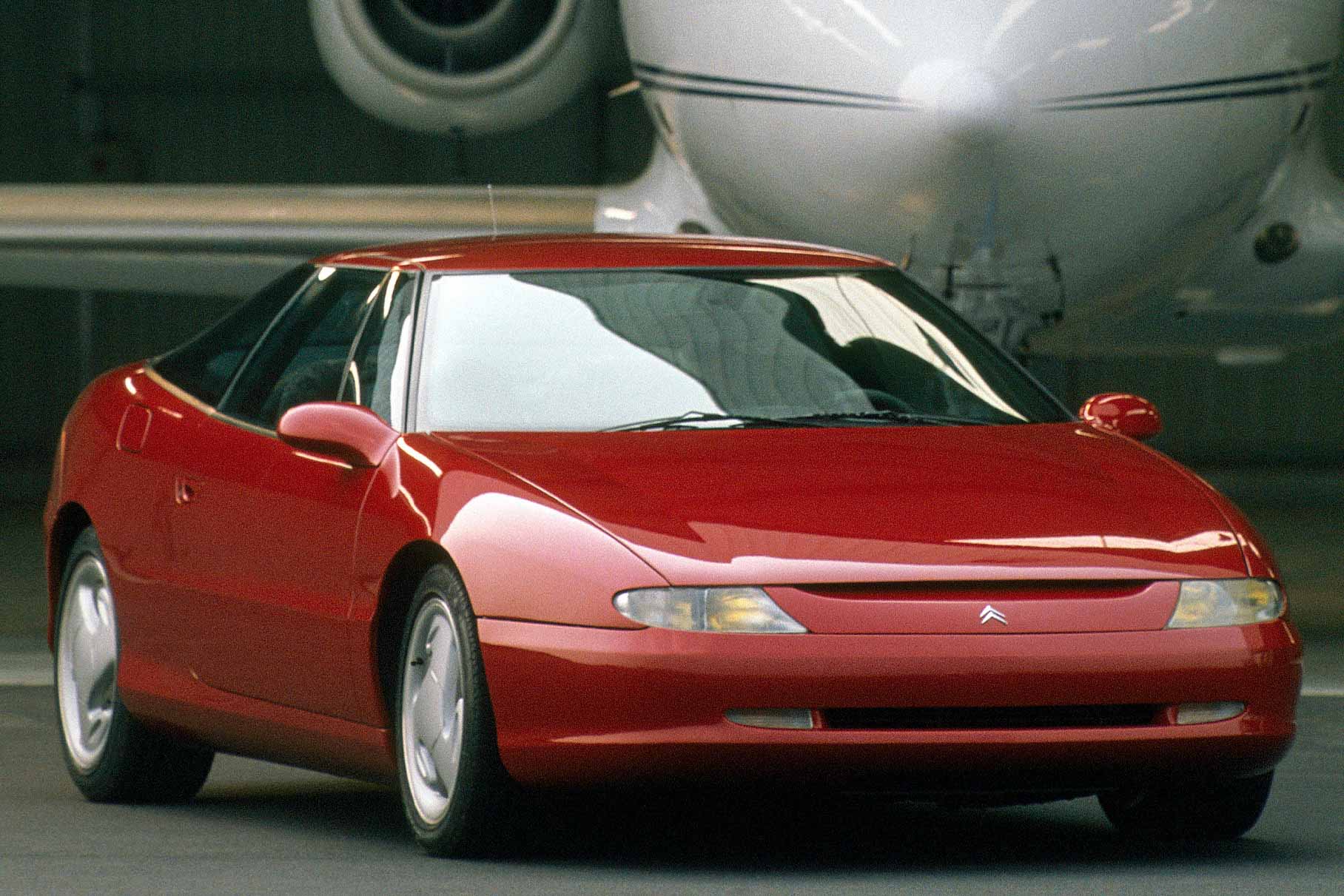 Citroen Activa 2, 1990
Citroen Activa 2, 1990
citroenorigins.fr
Of course, we had to say goodbye to computer steering and a fully controlled chassis – but the rest remained: an adaptive suspension with active stabilizers, a color LCD screen on the front panel, and an aerodynamic body with a drag coefficient of 0.28, which is still decent to this day. The second Active was even given a ride to journalists, who were completely delighted – and it seemed that the fantastic SM from the seventies was about to receive a worthy heir…
citroenorigins.fr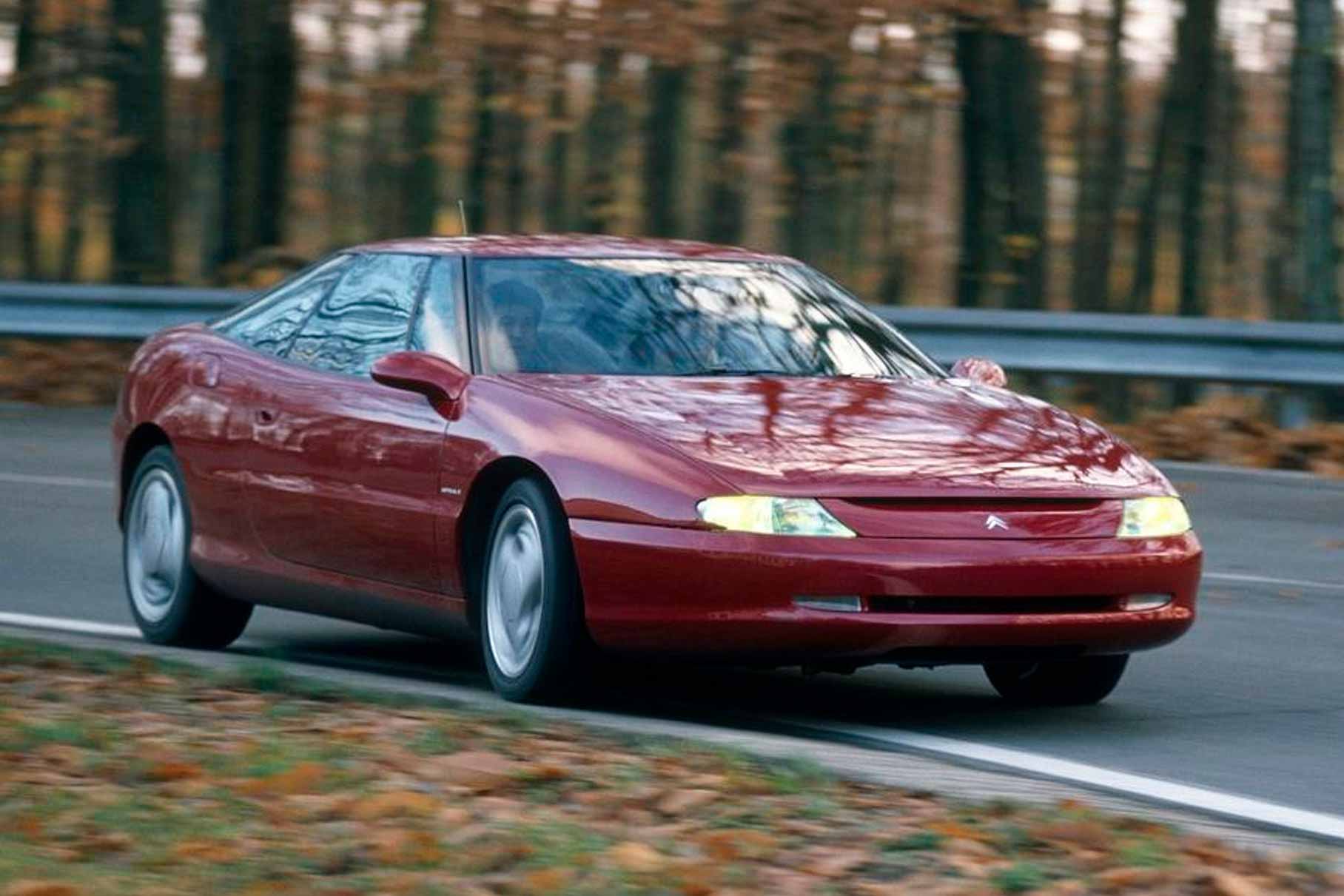 citroenorigins.fr
citroenorigins.fr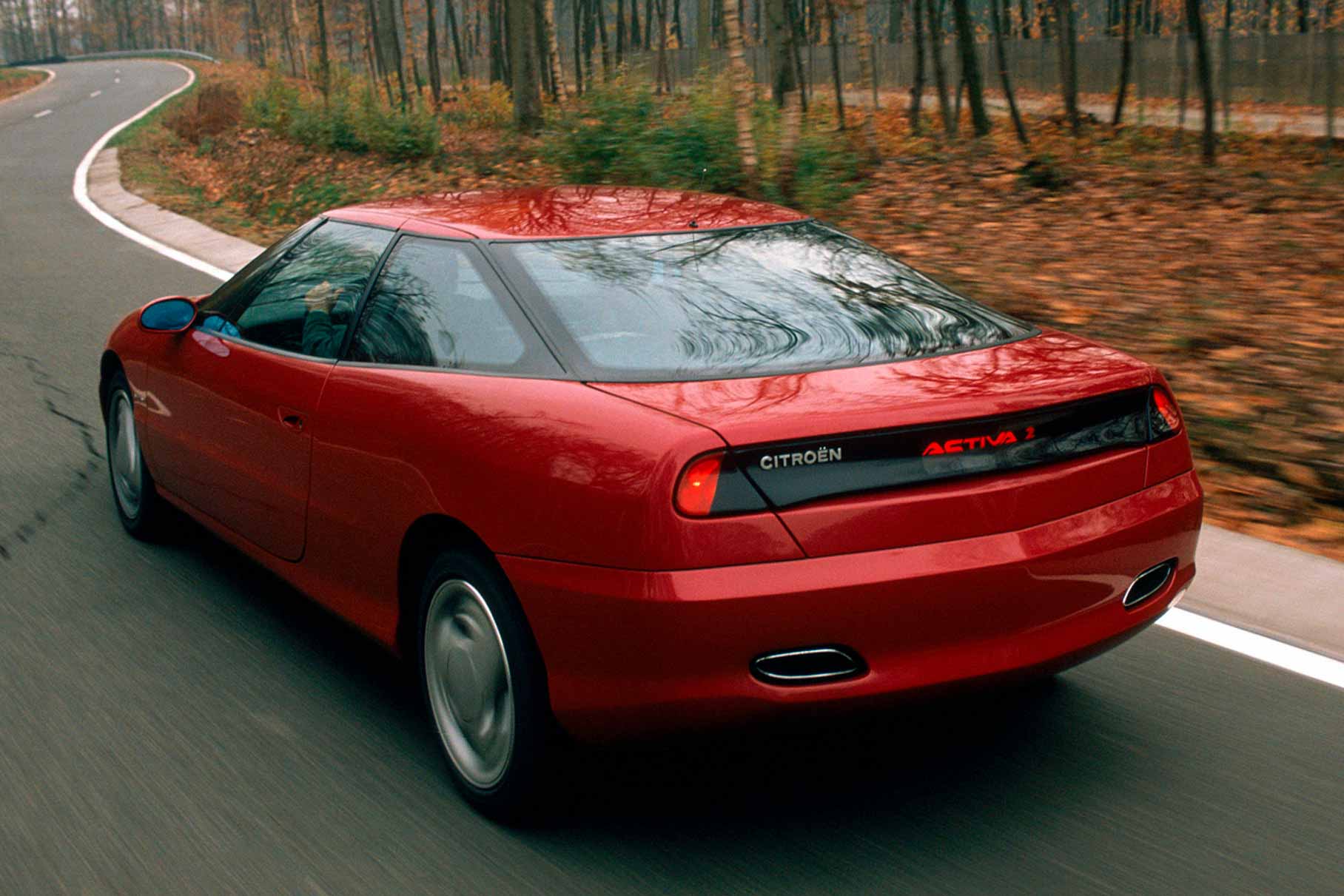
But at the last moment the French gave up. You see, these amazing guys, who did nothing but challenge the whole world, suddenly began to doubt – do we have enough image to compete with the manufacturers of expensive coupes? What if the public doesn’t understand, what if no one buys such an unusual car, and what if the idea turns out to be unprofitable? And it would be fine if they continued on the pragmatic, cautious path, but no – after 15 years, the completely unearthly flagship C6 will go on sale, which will cost the same as a Mercedes-Benz or BMW and therefore will turn out to be a complete failure. We’re talking about aliens! /m

